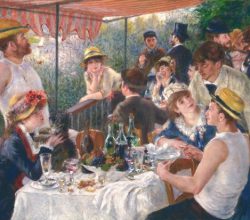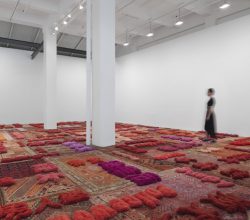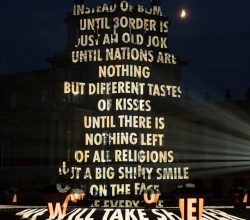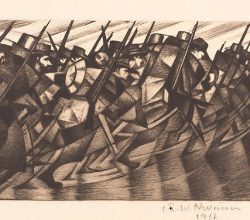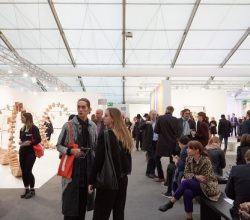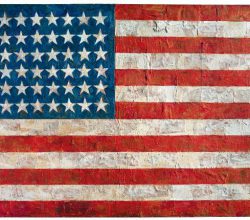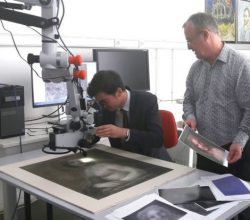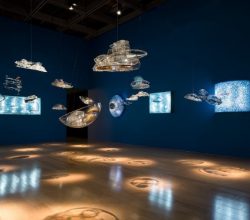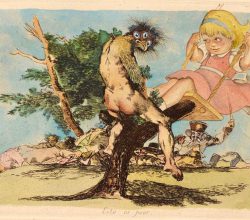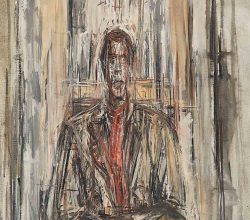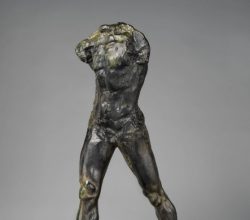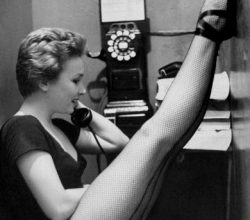
Gordon Parks: Collected Works Study Edition
Sean Sheehan | L’Oeil de la Photographie | 10th October 2017
Parks was one of America’s most celebrated photographers of the last century. Starting out as a self-employed society photographer in Chicago he then joined the Farm Security Administration where his images of social injustice carried a distinguishing lyrical aesthetic. A decades-long career at Life magazine showcased a vastly broad talent that included writing and, after Life, film directing. Multiple images are here.

